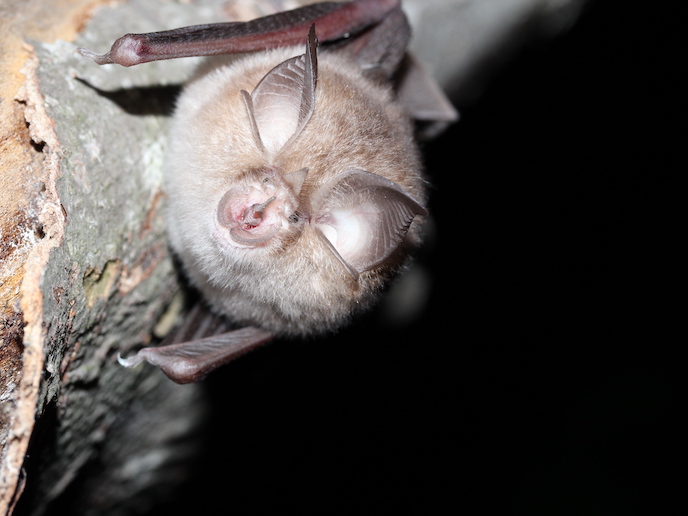How bats can help us monitor the health of ecosystems
The loss of biodiversity, made worse by climate change, is one of the biggest challenges facing life on Earth. Across Europe and central Asia, 42 % of terrestrial animal and plant species with known trends have declined in population size over the last decade, according to a recent report by the Intergovernmental Science-Policy Platform on Biodiversity and Ecosystem Services. Society urgently needs better ways of measuring changes in biodiversity and a good understanding of how ecosystems work if we are to have a chance of preserving them. A new method has been developed by the EcoScan project, based at the Centre for Biology and Management of Populations near Montpellier, France. It provides a rich snapshot of information across a community of interacting species – viruses, fungi, plants, insects and bats – by collecting and analysing the droppings of bats.
Understanding changes in biodiversity
By producing data across taxa, pinned to specific times, the approach sheds light on the changes to species interactions underlying biodiversity loss instead of simply describing the end-state. This is something conventional approaches to biodiversity monitoring cannot do. Plants form the basis of terrestrial ecosystems and they may increase their viral or fungal loads in response to stress caused by climate change. Insects, which accumulate microorganisms in a similar way, eat the plants. “When the bats eat the insects and deposit their droppings, they are acting as a natural aggregator and effectively sampling the environment for us every night,” says Serena Dool, EcoScan’s main researcher and recipient of support under the Marie Skłodowska-Curie Actions programme. Every month during the summers of 2020 and 2021, a network of 40 EcoScan volunteers collected droppings from two species of bats at 18 sites across France. The researchers developed a single protocol combining viral enrichment metagenomics and a metabarcoding approach covering multiple taxa, and used this to sequence viruses, fungi, plants, insects and bats.
Better eDNA method
“One output of our approach is a list of taxa, which would be standard in eDNA biodiversity monitoring. However we can also infer associations, including trophic interactions, or ones between hosts and their microbiota,” adds Dool. This constitutes a big advance on existing methods. “If you sample airborne DNA, you may know a bird and a butterfly were present, but it’s very hard to tell if they ever interacted,” explains Dool. “With this project, by factoring in the distance bats forage and their fast digestive process, we can say that they were in the same place at the same time.”
Next-generation monitoring
Many research teams are working on improved methods for monitoring biodiversity. Some, such as MEGAFAUNA, are applying automated techniques to monitoring animals. Others, including BIOSCAN, are using metabarcoding to look at species interactions. But Dool believes there is an urgent need for approaches such as that of EcoScan which can survey across multiple interacting taxa, including diverse groups such as fungi and viruses which are often neglected. This provides an overview of the ecological processes at play and the state of ecosystem health. “Methods like these will be critical for enabling fast interventions when ecosystems’ functions and services are threatened,” she says.
Keywords
EcoScan, bats, monitoring biodiversity, biodiversity loss, metagenomics, metabarcoding, climate change, ecosystem health, ecological processes







